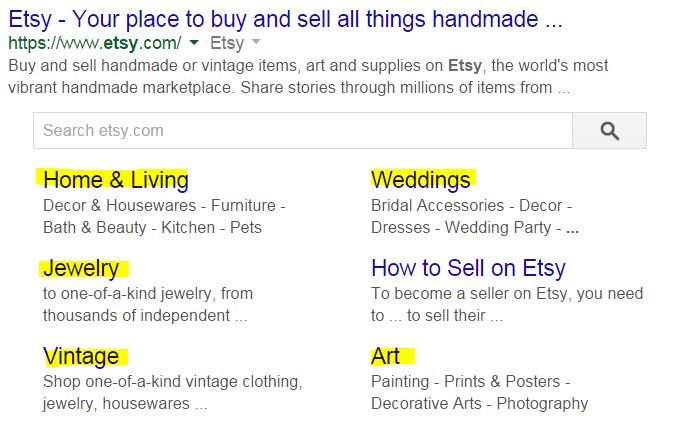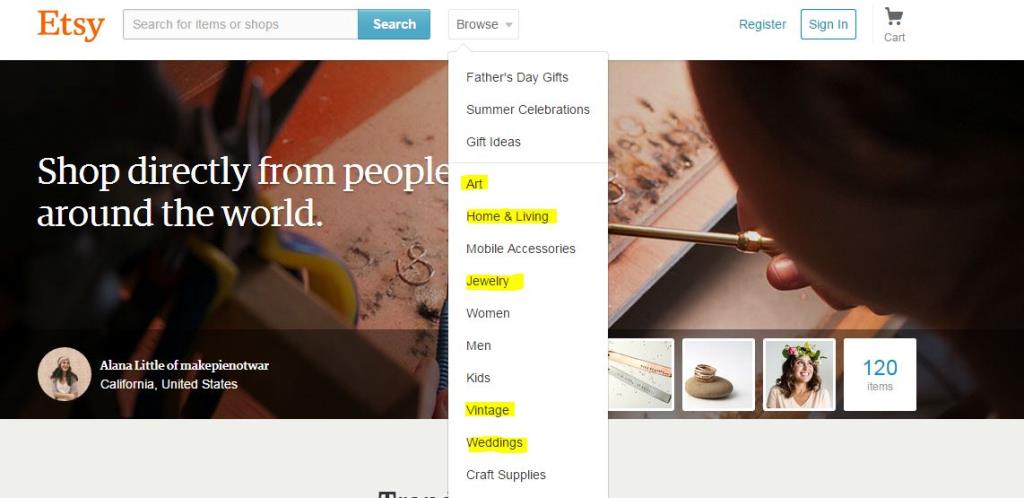With all the moving pieces involved in the design and development process of creating a new website, it can be incredibly easy to overlook SEO.
However, SEO is not a post-site launch process.
Incorporating SEO best practices prior to and during the web design process is necessary if you don’t want to lose traffic post site-launch.
Let’s walk through the 5 most common SEO mistakes that could make a BIG impact on your search presence and keyword rankings.
Mistake #1: Not investing in professionally written content
Many business owners tend to think that content is secondary to the design, when in actuality, design and content go hand-in-hand in creating an exceptional user experience and improving SEO performance.
Great Web content solves your users’ problems easily, persuades them to buy, and leaves them with a warm, fuzzy feeling about your brand.
Proof:
60% of polled consumers feel more positive about a brand after consuming content from it. Tweet this
The caveat to the above statistic, however, is that the content has to be both relevant to the user’s needs and context and captivating to the user’s personality and lifestyle.
In other words, your website content should not only strategically align with your keywords and business goals but must also appeal to your audience in a relatable way.
This is incredibly hard to do for everyone, even for writers, let alone busy business owners!
If you’re trying to run your business and you’re strapped for time, it’s nearly impossible to find the hours in a day to sit down and truly think about what your audience may want to read. So when faced with this problem, more often than not, people tend to just write what comes to mind without thinking about the bigger picture.
This is a mistake.
Your website content is the most important SEO factor that will determine your keyword rankings. Don’t disregard it. Invest in your content – it’s worth it.
For other reasons why you need quality content, read this: 4 Reasons Why Quality Website Content Matters.
Mistake #2: Overlooking your site architecture
Your website architecture – basically the way your website is laid out – is one of the most critical SEO factors you cannot afford to overlook while designing your new website.
Why? Several reasons.
First, a properly structured website helps search engines crawl and index your website. Secondly, good site structure helps search engines create site links, which are the secondary links in search engine results pages you sometimes see when you do a branded search for a company.
Sitelinks are a great SEO advantage because you not only get bigger space in search results but it’s also easier for users to access the inner pages of your website. As a result, you dominate search results, increase click-through rate, and shorten the conversion funnel.
Etsy is a great example of site architecture gone right and, as a result, is awarded with great rankings and a strong search appearance. Let’s reverse engineer what they’ve done.
When you search for Etsy on Google, you see the following result:

Now notice the sitelinks I’ve highlighted. See how they’re the same pages that are in their main navigation?

That’s because they’ve structured their website properly, giving search engines the right SEO signals to pay attention to those main pages.
UX Tip: Don’t bury your important pages. Instead, make it accessible in the navigation. Tweet this
A properly structured website not only helps search engines crawl your website but also impacts your search appearance, both of which affect your SEO. Therefore, your new website should have a logically structured website hierarchy that aligns with your business services and your audience’s needs.
Mistake #3: Non-friendly URLs
The way your URLs look will greatly affect your click-through rates from search, and thus your keyword rankings and overall SEO performance. Therefore, make sure that during your website process, you evaluate whether your URL names and structure make sense to your intended audience.
What do I mean by this?
Say you were looking to buy a bow tie. You do a simple Google search for “bow tie,” like so:

Now let’s say you were presented with two options. Which would you go for?
 vs.
vs. 
If you chose the first option, you are not alone.
When presented with the choice, most people are more drawn to the “pretty” static URL (Option 1) rather than the “ugly” dynamic URL (Option 2), mostly because the static URL contains keywords whereas dynamic URLs are a long string of illegible numbers and letters.
To create SEO-friendly URLs, ask yourself this: Are your URLs meaningful? Tweet this
If people can tell what your page is about just by looking at the URL, then your URLs are right on track.
Mistake #4: Ignoring user experience
While some companies may tell you that user experience is strictly a Web design thing, I would argue that user experience and SEO are in fact highly correlative.
Consider this fact.
88% of online consumers are less likely to return to a site after a bad experience. Tweet this
This makes sense. After all, who wants to repeat a bad experience? That’s like getting food poisoning from a seafood restaurant, then going back to it the next day. No one does that.
If an SEO’s job is to drive people to a website organically, but people associate your website with a bad experience, then they are not only more likely to skip over your listing on search engines but also less likely to link to it, both of which are negative SEO ranking factors.
Therefore, just as bad UX is a poor reflection of your Web design, bad UX can also result in poor SEO performance. Tweet this
The correlation between Web design and SEO is the main reason why our digital marketing team gets involved in all of our Web projects. By sitting in and advising on all design and development meetings, we ensure that all of our websites are highly optimized for both users and search engines.
The main factor we consider is users’ search intent. Why did they come to the website? How did they get there? What words might they have searched to get to your website?
Additionally, we think about how people will use the website, both on desktop and on mobile.
For additional reading on user experience, read these:
· 7 Tried and True Elements of a Profitable Website
· 3 Questions to Ask About Your Site’s Mobile Design (and How to Improve It)
· 4 Essential Elements to Boost Your Site Conversions
Mistake #5: Indexing your demo site (or worse – de-indexing your live site)
While this is a pretty basic thing not to do, so many developers accidentally or unknowingly either index the demo site or de-index the live site.
What do I mean by this and what’s the big deal?
Index the demo site: Google will begin crawling your test site and display it in search results.
Why this is a big deal: You don’t want people to start seeing your unfinished website, do you?
De-index the live site: Google will no longer crawl your site or display it in search results.
Why this is a big deal: This is a VERY big problem, because this basically means that your site will no longer be listed in search results pages and people won’t be able to access your website through Google, thus leading to a severe decline in search traffic and keyword rankings.
Avoid making these technical mistakes, as they can have a severely negative impact on your website rankings.
Are you making these SEO mistakes?